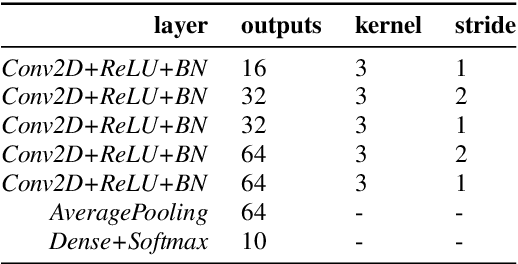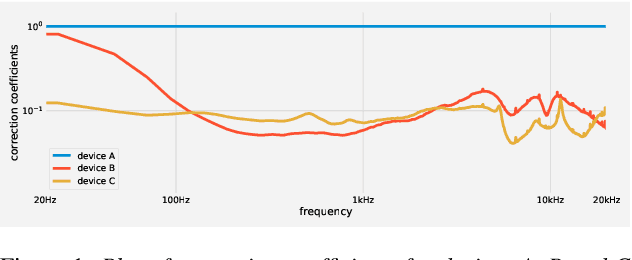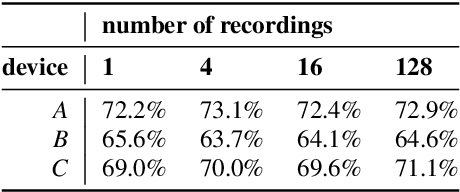Spectrum Correction: Acoustic Scene Classification with Mismatched Recording Devices
Paper and Code
May 25, 2021



Machine learning algorithms, when trained on audio recordings from a limited set of devices, may not generalize well to samples recorded using other devices with different frequency responses. In this work, a relatively straightforward method is introduced to address this problem. Two variants of the approach are presented. First requires aligned examples from multiple devices, the second approach alleviates this requirement. This method works for both time and frequency domain representations of audio recordings. Further, a relation to standardization and Cepstral Mean Subtraction is analysed. The proposed approach becomes effective even when very few examples are provided. This method was developed during the Detection and Classification of Acoustic Scenes and Events (DCASE) 2019 challenge and won the 1st place in the scenario with mis-matched recording devices with the accuracy of 75%. Source code for the experiments can be found online.
 Add to Chrome
Add to Chrome Add to Firefox
Add to Firefox Add to Edge
Add to Edge